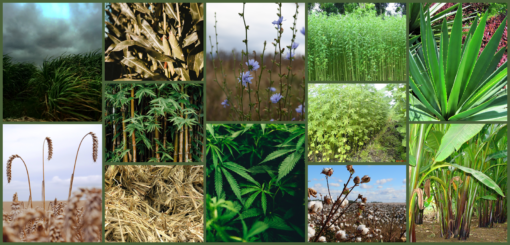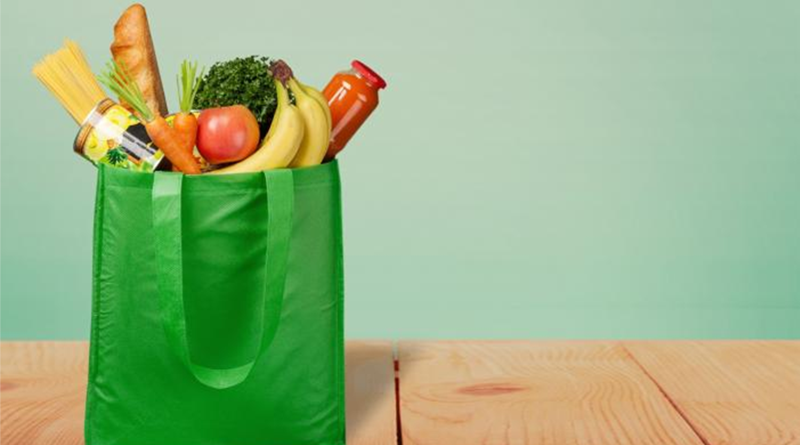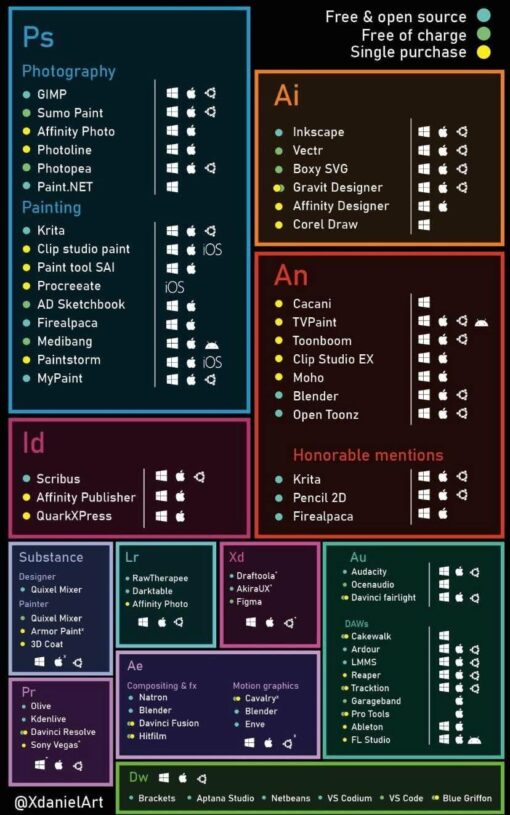This was written by Martriana, one of our student interns. The opinions expressed herein do not reflect those of Civitas other than respect for the value of open dialogue.
Are you feeling as though you can’t do anything to help the environment? That no amount of cleaning up your local rivers or in-your-face environmental advocacy will ever change the massive amounts of climate change and pollution that is constantly happening as you progress in age, as the years go by?
Well you’re not wrong. There’s only so much a normal person can do in their lives in order to be environmentally friendly that really should be the work of the government and/or mega corporations.
Eat the rich, etcetera, etcetera.
However, despite the hopeless tone that I have set in the beginning of this article, a normal person should never be discouraged to at least try to live an environmentally conscious life (if they can afford it). It is my own belief that the more people commit to small acts of environmentally-conscious acts, the more these acts become a regular thing that people do. Just common knowledge. Make it so that it is common knowledge to recycle, or to keep a park clean, or to not feed ducks bread because they don’t digest it well. It’s the little things like that that could become just things we should/can do without thinking.
And so, the point of this article is to highlight a list of little things that an everyday person could do that helps to stay environmentally conscious/friendly in a typical day-to-day life. Because it’s important to know ways that one could help, even if they don’t have the time, money or resources to do river cleaning or activism.
—Paper Alternatives
For those who don’t know me, I like art. Which tends to mean I like to draw. Personally, I like to draw on paper. It’s just easier for me to maneuver a pencil on paper than a drawing pen on a tablet or a mouse on a computer screen. Paper products are also used in everyday errands like grocery shopping and packaging. However, between 1990 and 2020, the Earth has lost 420 million hectares of primary forest, and every second, a forest the size of a football field is lost according to 2021 statistics. And the pulp and paper industry used over 40% of all industrial wood traded globally. So maybe it would be a good idea to find some better ways to get paper.
- Online Software
For one thing, you could always just bite the bullet and just use multiple online drawing and illustrating softwares online. No physical paper involved and you can easily edit a project without having to deal with messy erasers.
Most of these alternatives are very easy to use and very similar to all the Adobe products. They look a bit strange and maybe a bit daunting, but they are always worth giving a try.
- Non-Wood Fiber Based Paper Alternatives
As a side note, I was originally going to include non-wood fiber based paper because I thought that these alternatives were more eco-friendly. I’m still going to include a small list of them, but my views have changed and I want to include a quick disclaimer:
In reality, these non-wood fiber based papers are pretty similarly, if not more, difficult and/or harmful than wood based fiber.
Here is a quick article by Resolute Forest Products, a Pulp and Paper manufacturer, on why they don’t use non-wood fiber paper.
If you want a source that isn’t from the people who make paper, here is an extensive PDF by the National Council for Air and Stream Improvement(NCASI) on the topic on why Non-wood fiber paper products are not well used.

-Grasses
-Cereal straws
-Corn stalks
-Bamboo
-Bagasse
-Flax
-Hemp
-Jute
-Kenaf
-Cotton
-Sisal
-Abaca
—Plastic Alternatives
Mass plastic usage is bad.
This should never be downplayed. Since the 1950’s, more than 8.3 billion tonnes of plastic has been produced. 380 million tons every year, 50% for single-use purposes. And every year about 8 million tons escape into the oceans. It takes approximately 450 years for plastic to decompose.
Do you remember how sad you feel whenever you see a baby turtle stuck in plastic? Or when you see a massive floating plastic island? ‘An estimated 1,500 plastic bottles end up as waste in landfills or thrown in the ocean every second.’ The Great Pacific Garbage Patch, anyone? Why does this exist?
That was very emotionally charged. Here’s some less-emotional statistics from the Environmental Protection Agency(EPA).
But, yes, mass plastic usage is bad. Here are a couple day-to-day ways to curb your plastic usage.
- Reduce Some Things, Reusable Everything.
Not only would this help a more eco-friendly lifestyle, but you’d also save a lot of money.
–Reusable bags are a pretty perfect alternative to both paper and plastic grocery bags. They are typically inexpensive, easier to carry around, can be designed to fix your style, organizing your groceries can be way easier,etc. You can even buy them in bulk at your select nearby mega-grocer. Tote bags are also a good choice if you can afford one.
-Or you could even go by the (subjectively speaking) superior grocery store ALDI method of just being able to take the cardboard container of the select goods you want and just reusing said cardboard as storage for your cupboard or pantry.
–Reusable cups and straws are also near perfect alternatives to plastic, paper and foam cups and plastic and paper straws. I mean, a lot of people already carry water bottles and tumblers and travel mugs. You could also easily carry bamboo, glass or stainless steel straw.
–Travel Cutlery or just asking for no plastic cutlery if you’re ordering takeout. It will take you less than a minute to wash a fork.
–Food containers are a bit tricky. If you’re comfortable carrying around tupperware, you can do so! If you have a lunch break, consider taking a lunch box. Mason jars are also a good way to keep and store food, as well.
–Secondhand items and donated goods are also near perfect ways to recycle unwanted items.
The point is, one should try their best to not buy simple, single use items on the regular. Even items you put in recycling bins can still end up in massive landfills or in the mouth of a fish.
It might not be easy for some, but one could also reduce how much they personally contribute to the use of plastic, like:
–Buy non-liquid soaps. Liquid soaps, shampoos and detergents come in plastics and contribute enormously to plastic pollution. Instead, you could buy bar soaps, shampoo bars, and powdered detergents that can be kept in reusable containers.
-Again, only if you can afford it, but eating out less. Fast food and takeout containers also massively contribute to pollution, both in plastic and paper.
————————————————
Like I said in the beginning, there is only so much an average person can do to help the environment, but I hope these few simple ways and methods can make doing so easier. Every little act of environmental consciousness could eventually lead to such things becoming more widespread and expected, which could in turn lead to events such as less paper and plastic pollution.
Baby steps are still steps taken.



Pingback:Index of 2021 Intern Student Blog Posts - CIVITAS-STL